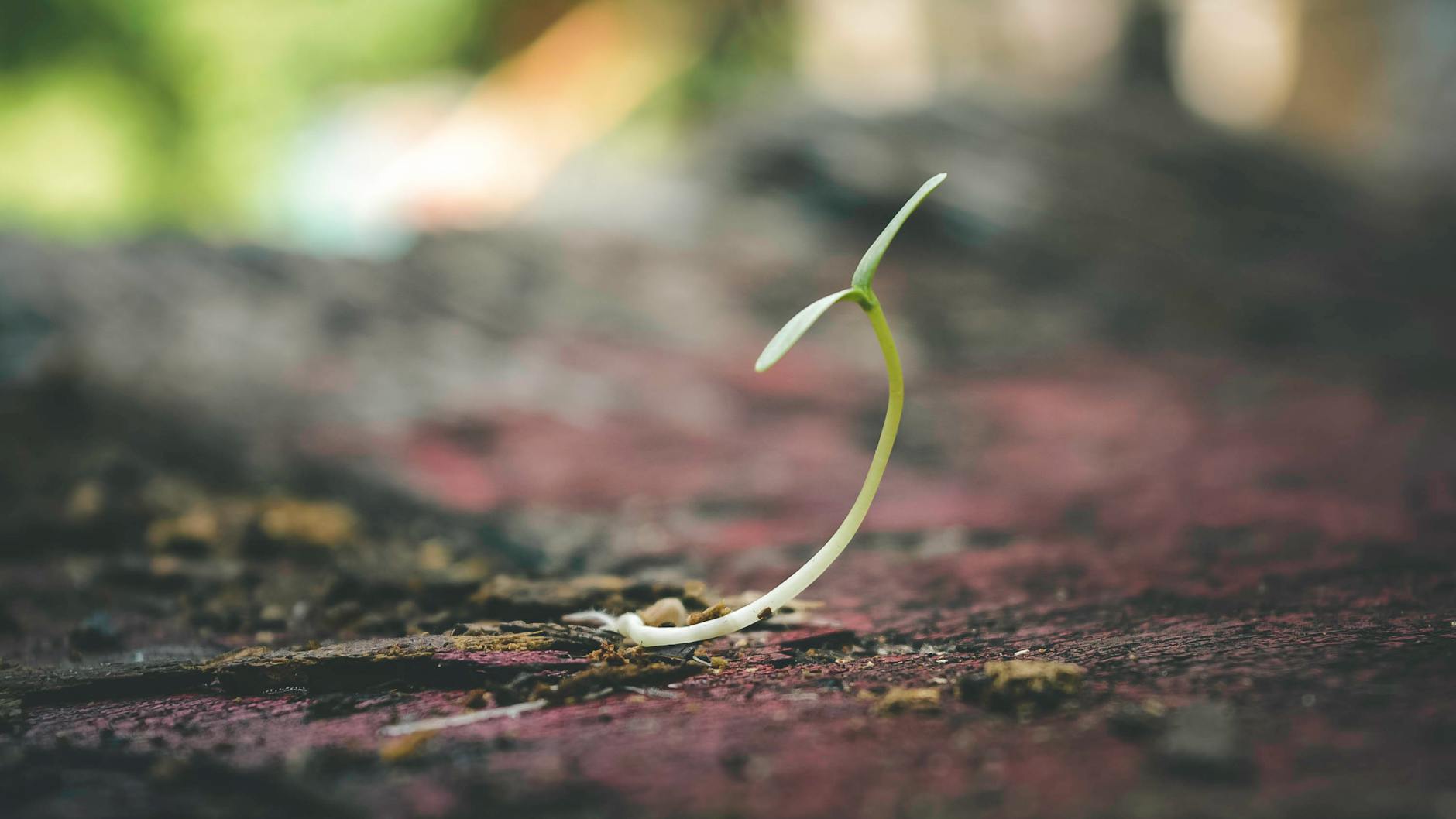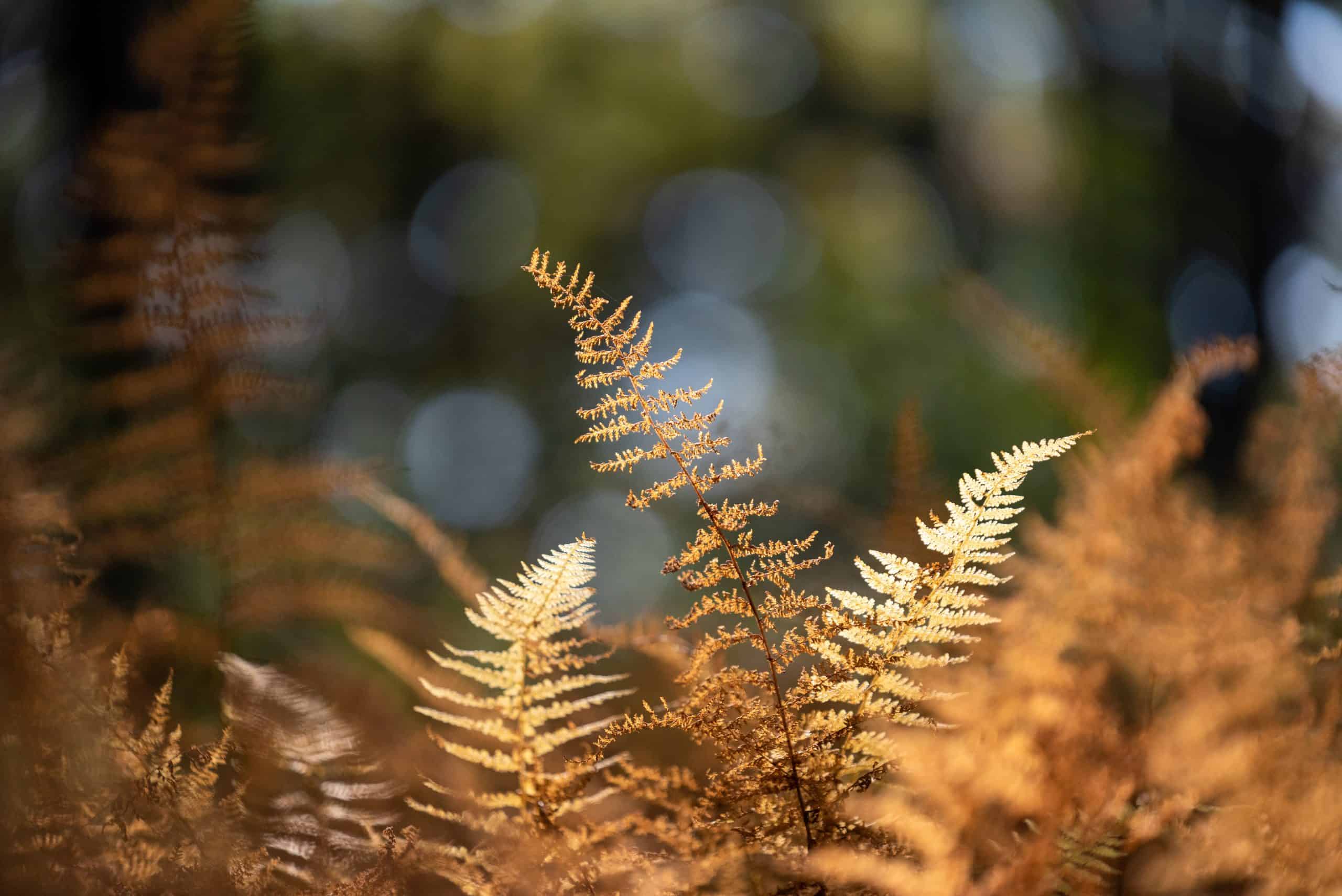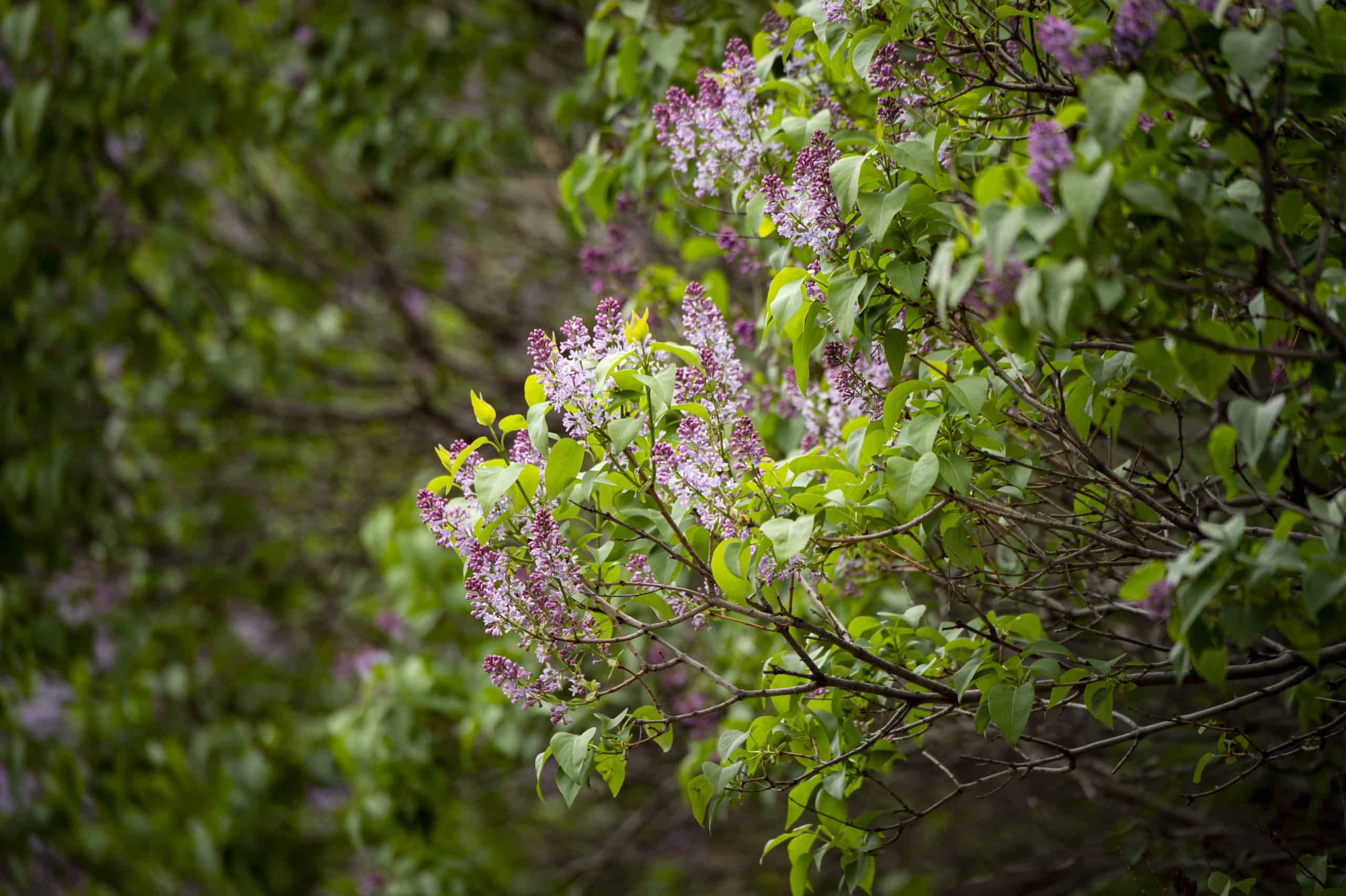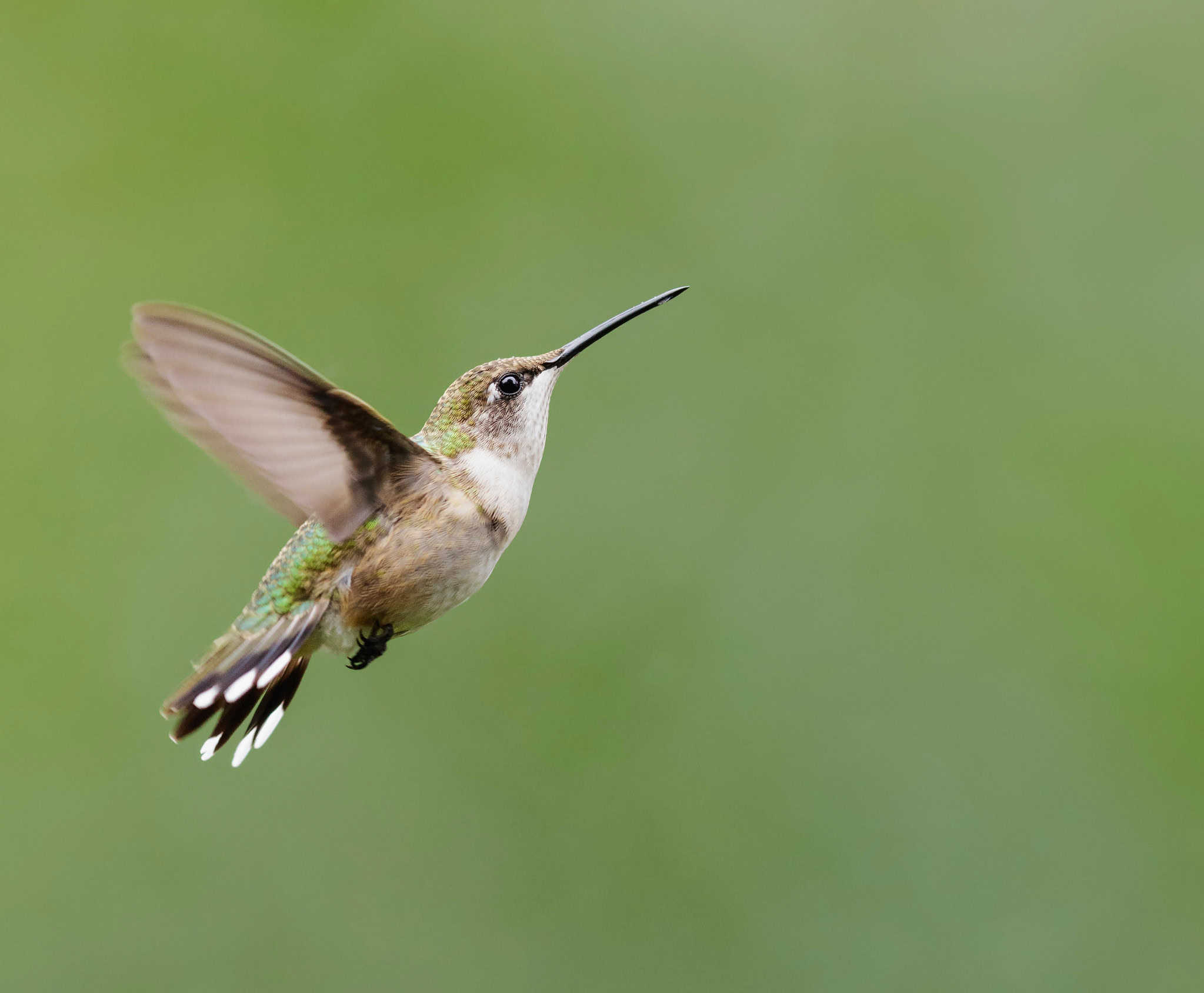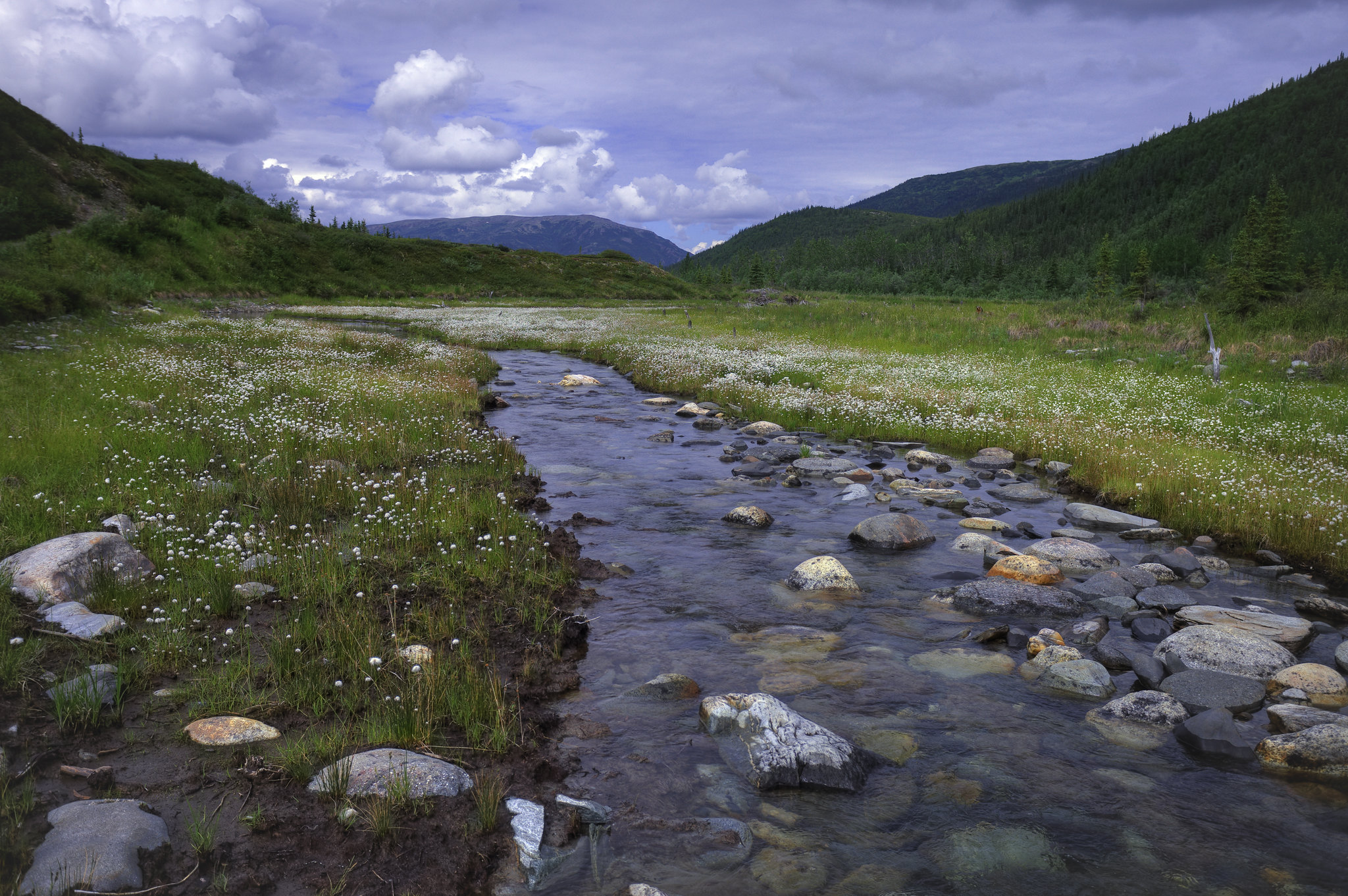Sustainable Tips for Thriving Native Gardens
One of the most rewarding aspects of gardening is the ability to propagate your plants and watch them grow. When it comes to native plants, propagating from seed, cuttings, or division is a great way to expand your garden and contribute to preserving local ecosystems. Native plants are typically well-adapted to local climates and soil conditions, making them a wonderful choice for home gardeners looking to enhance biodiversity. In this week’s guide, we’ll explore the different methods for propagating native plants and provide tips to help you grow more of these essential species.
Propagating Native Plants from Seed
Starting native plants from seed is one of the most cost-effective and rewarding methods of propagation. Many native species grow easily from seed, although some require a little extra care and patience.
- Seed Stratification: Some native plants, especially those from temperate regions, require a period of cold to break dormancy. This process is called stratification. You can mimic this cold period by placing seeds in a moist medium (such as sand or peat moss) and storing them in the refrigerator for a few weeks before planting them outdoors.
- Seed Sowing: Start seeds in early spring or fall, depending on the species. You can sow seeds in trays, pots, or directly in the ground. Ensure you follow the specific depth and spacing recommendations for each plant species.
- Soil Preparation: Native plants often prefer well-draining soil. Prepare your soil by adding organic matter like compost or leaf litter to improve its texture and fertility. Some species are adapted to poor soil conditions, so avoid over-fertilizing.
- Watering: Keep the soil consistently moist but not soggy. Once the seeds begin to sprout, gradually reduce the watering frequency.
Best Native Plants for Seed Propagation:
- Purple Coneflower (Echinacea purpurea)
- Black-eyed Susan (Rudbeckia hirta)
- Milkweed (Asclepias spp.)
- Wild Lupine (Lupinus perennis)
Propagating Native Plants from Cuttings
Taking cuttings is an excellent way to propagate native plants that may not be easily grown from seed. This method works well for shrubs, trees, and perennials.
- Timing: The best time to take cuttings is typically in late spring to early summer when the plant is actively growing. Hardwood cuttings are often taken in the fall or early winter, after the plant has entered dormancy.
- Selecting Cuttings: Choose healthy, non-flowering stems from the parent plant. Cuttings should be 4–6 inches long and include at least two sets of leaves.
- Rooting Hormone: While many plants will root naturally, you can dip the cut end in rooting hormone to encourage faster and more reliable root growth. Rooting hormone can be purchased at garden centers or made at home using willow water.
- Planting the Cuttings: Place the cuttings in a container with well-draining soil or a sand-perlite mix. Keep the soil moist and maintain high humidity by covering the container with a plastic bag or dome. After a few weeks, you should notice root development.
Best Native Plants for Cutting Propagation:
- Red-twig Dogwood (Cornus sericea)
- Wild Rose (Rosa spp.)
- Buttonbush (Cephalanthus occidentalis)
- Winterberry Holly (Ilex verticillata)
Propagating Native Plants by Division
Dividing plants is a fantastic way to propagate native plants that form clumps or spread via rhizomes, bulbs, or tubers. This method allows you to increase the number of plants without starting from seed.
- Timing: The best time to divide plants is during their dormancy period, typically in early spring or fall. Be sure to divide plants before they start to actively grow for the season.
- Dividing the Plant: Carefully dig up the entire plant and use a sharp knife or spade to divide the root system. Each division should have at least one healthy shoot and a portion of the root system attached.
- Replanting: Immediately replant the divisions in well-prepared soil. Make sure the roots are spread out and not cramped, and water thoroughly after planting.
- Care Post-Division: Divided plants can experience transplant shock. Keep the plants well-watered for the first few weeks as they establish themselves.
Best Native Plants for Division:
- Orange Coneflower (Rudbeckia fulgida)
- Goldenrod (Solidago spp.)
- Bee Balm (Monarda didyma)
- Appalachian False Goat’s-Beard (Astilbe biternata)
General Tips for Successful Propagation:
- Patience is Key: Native plants can take time to establish. Some species may take longer to propagate than others, so be patient and attentive to their needs.
- Consider Local Adaptations: Native plants are often adapted to local climate conditions. If you are propagating plants for a specific area, be sure to research which plants are best suited to your region.
- Prevent Overcrowding: When propagating, don’t overcrowd the space. Plants need room to grow, so ensure each seedling, cutting, or division has ample space for root and stem development.
- Pest and Disease Management: Keep an eye out for pests or diseases that could affect your propagated plants. Native plants tend to be more resistant to pests, but it’s still important to monitor their health and use organic treatments if needed.
- Support Local Ecosystems: By propagating native plants, you’re helping to sustain local wildlife, reduce the need for fertilizers and pesticides, and support the conservation of native species.
Propagate Native: Grow a Sustainable Garden
Propagating native plants is a wonderful way to expand your garden, save money, and support biodiversity. Whether you choose to propagate by seed, cuttings, or division, each method offers its unique benefits and challenges. With a little patience and care, you can create a thriving garden of native plants that supports wildlife and enhances the local ecosystem. Happy gardening!
Ready to start propagating native plants? Begin with a few easy-to-grow species, and try experimenting with different propagation methods. As your collection grows, you’ll not only enjoy the beauty of native plants but also contribute to a healthier, more sustainable environment.

